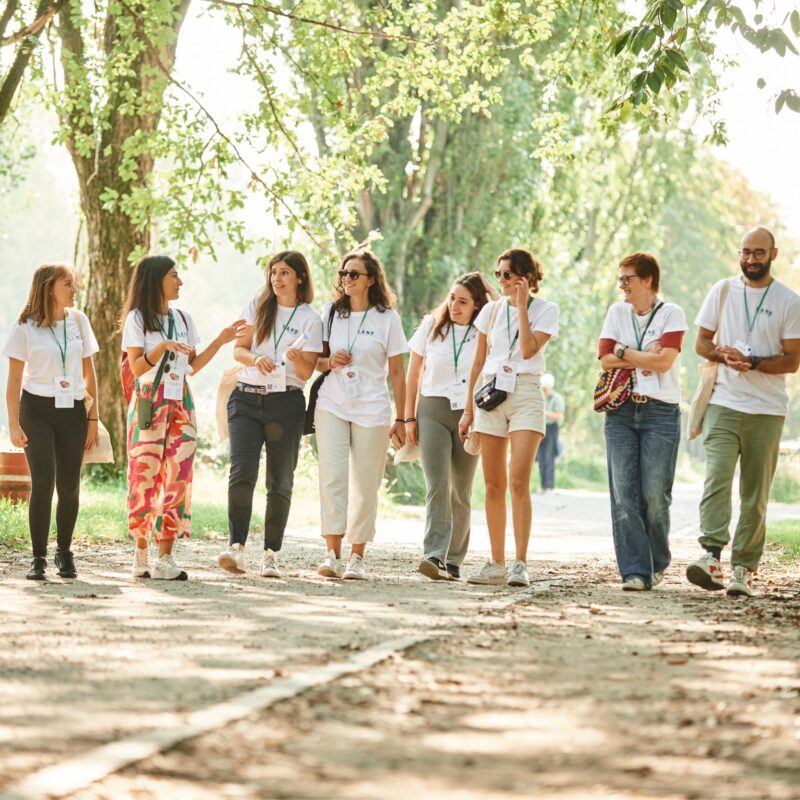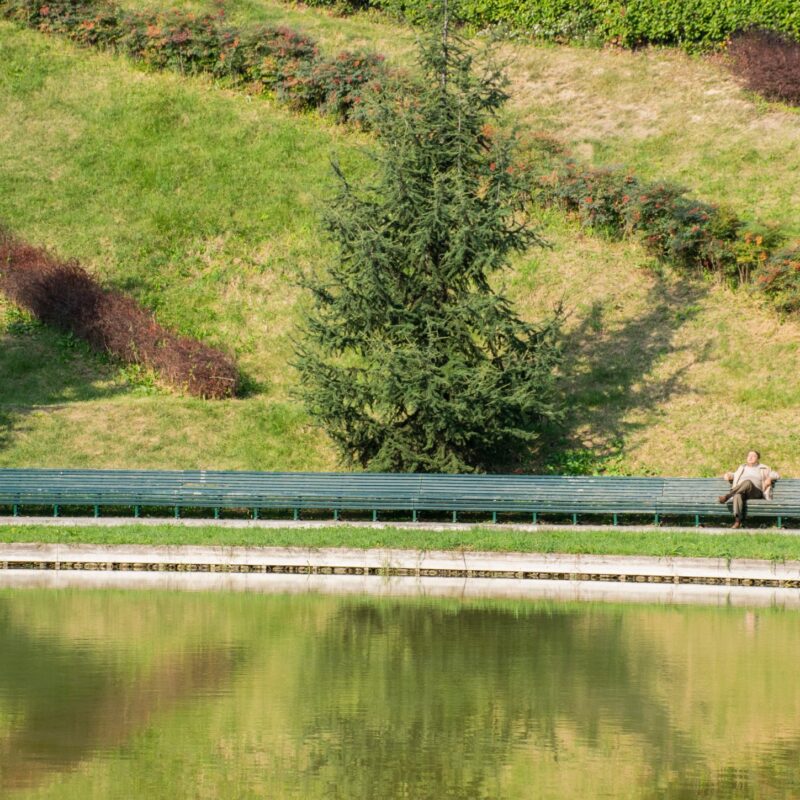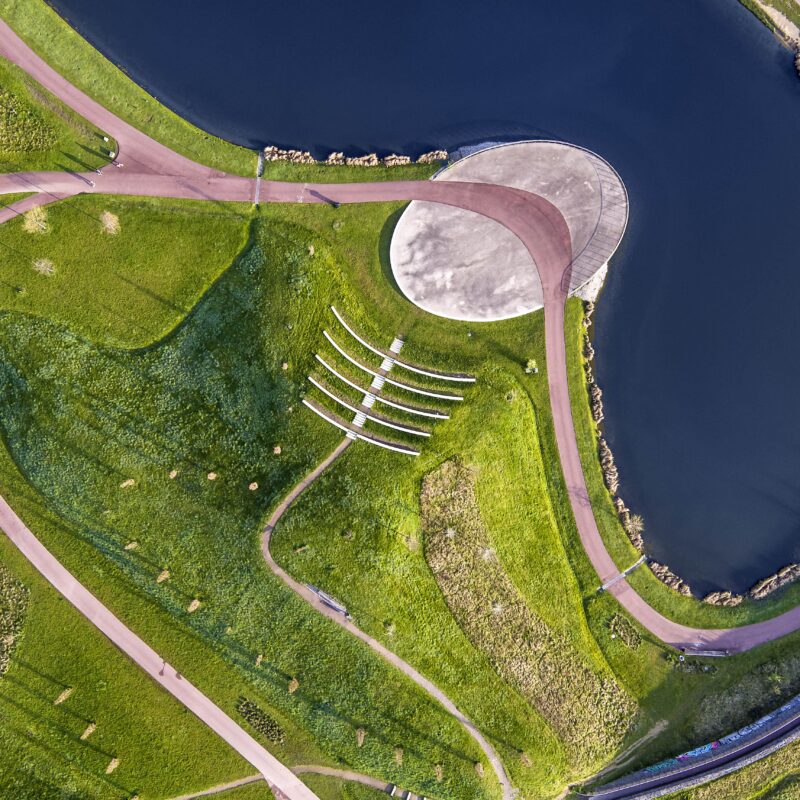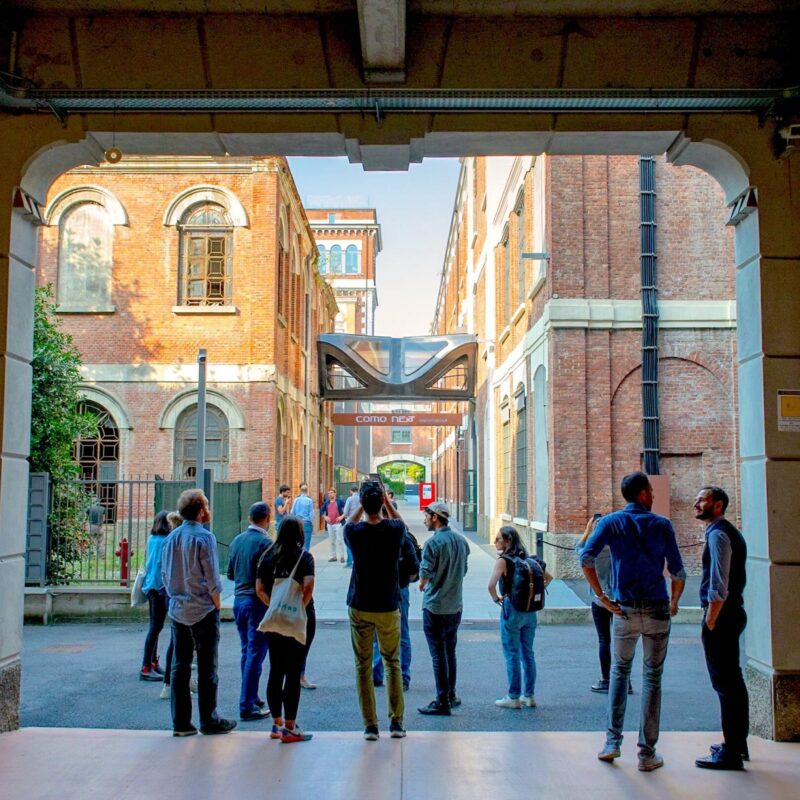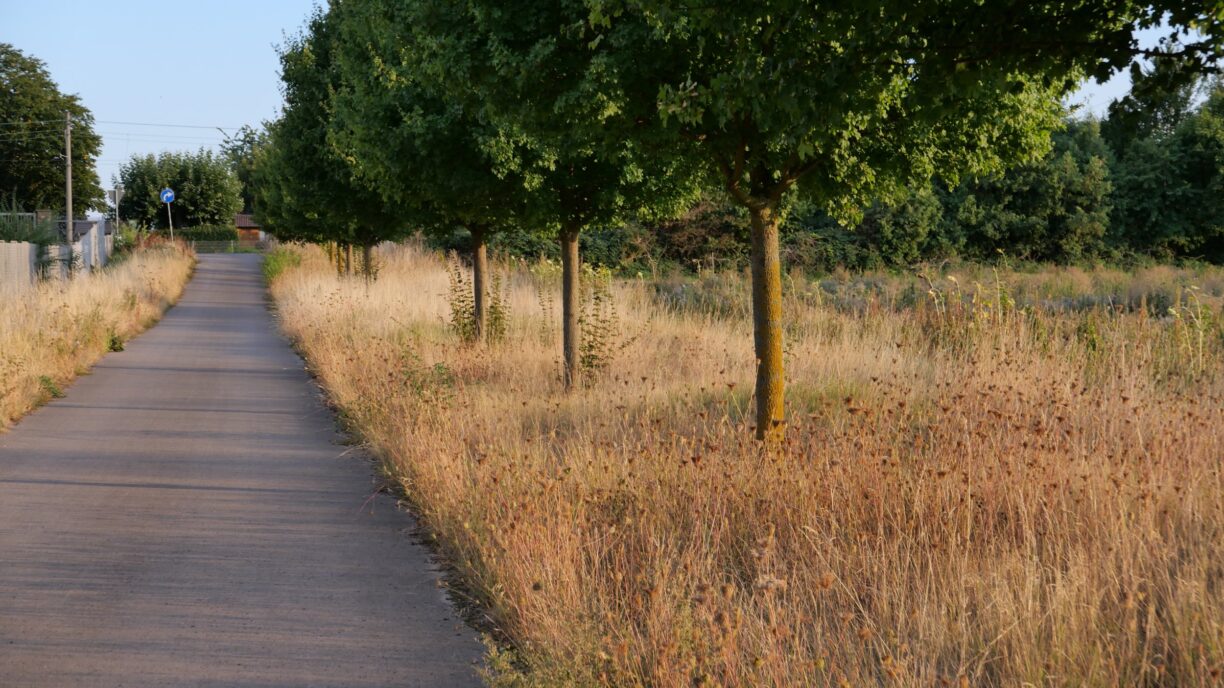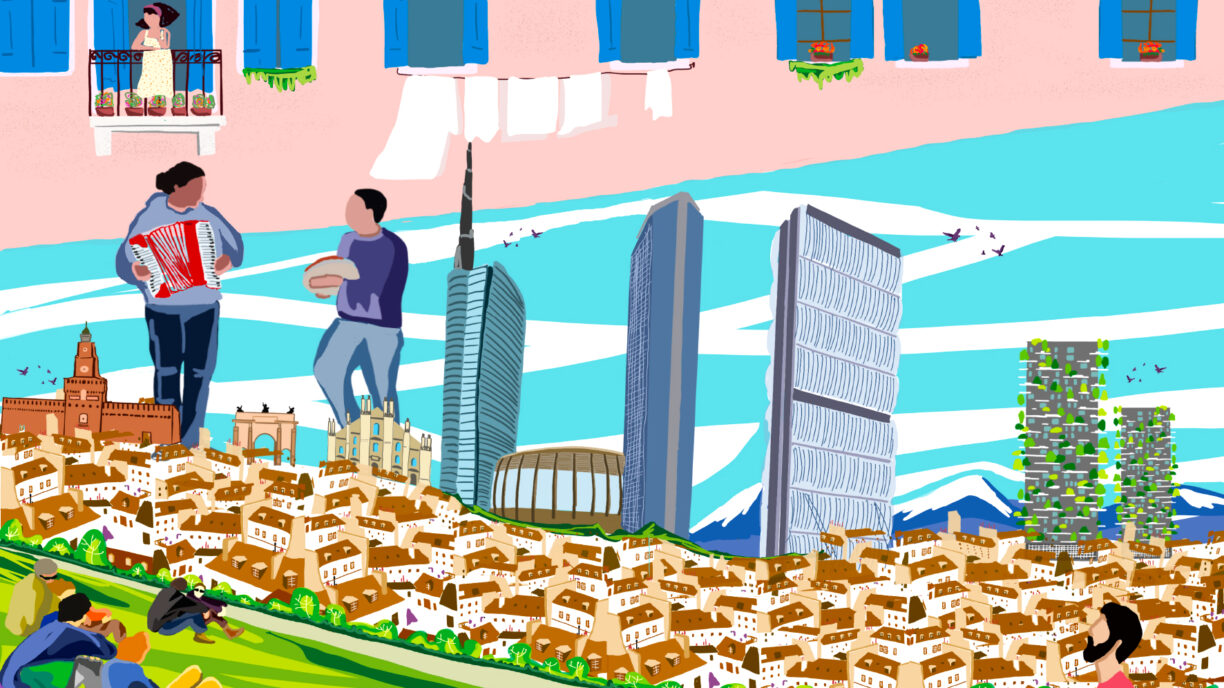
Accelerating Collective Resilience
Strategies for Adapting to Climate Change in the Urban Landscape.
Climate adaptation requires a cultural change that goes beyond purely technical solutions. This does not mean going backwards, but rather rethinking the Western approach and relearning sustainable practices. Modern technologies, digital tools, and local traditions can drive the development of flexible and effective strategies for adapting to climate change. Projects like Sea2City Vancouver and the IBA’27 study make the value of nature increasingly clear in dealing with mounting climate stress and natural disasters in urban areas. Instead of seeing greenery as simply decorative, people are becoming more aware that it acts as a catalyst for sustainable transitions, including social change. A new “wildness” in our cities gradually changes our image of beauty in urban spaces. This cultural change requires communication and acceptance, and also creates new opportunities to collectively make our environment more diverse, resilient, and inclusive. To create the necessary synergies between stakeholders and systems, new integrated governance, financing, planning, and cooperation models are urgently needed. Moreover, resilience planning should not be seen as a series of isolated projects, but rather a continuous, integrated process in which the effectiveness of measures is constantly monitored, evaluated, and optimized even after implementation. This requires planners and designers to change their roles and forms of expertise. At LAND, we develop the necessary digital tools and knowhow to do this.

Kristina Knauf, former General Manager LAND
From Vision to Execution
Resilience planning drives gradual changes in our environment and society by using very broad planning horizons. Therefore, it is essential to develop strong visions for the future with all stakeholders. I’m happy to share my experience in this with the LAND team. Our Düsseldorf team’s many years of experience in concept design and execution planning also enable us to translate clear visions for climateresilient cities into concrete measures, creating role models for other cities and stakeholders. Working together with our public clients, we develop innovative frameworks in participatory processes that make integrated climate adaptation measures pos sible. With our private clients, we can use their specific projects to accurately measure the value of naturebased solutions in terms of their contribution to restoring ecosystems for entire lifecycles. Our collaboration with the LAND Research Lab® enables us to integrate technically grounded and innovative solutions into our projects. I believe this combination has enormous potential to accelerate the transformation to resilient cities, one by one.
Insights and Next Steps with LAND
It strikes me that landscape architecture, like architecture, is experiencing a rapid transition. Designers and planners urgently need to rethink their ideas on sustainable material use (emissions, resources, waste), selection of plants (climate change adaptation), and water management. Technical solutions are giving way to naturebased solutions. Landscape architecture thus plays a key role in planning livable and resilient cities. In order to fulfill this role in a forward-looking way, landscape architects need a new selfawareness and a critical, holistic, and visionary way of thinking. I would like to further develop this with the team in Düsseldorf in order to implement our vision of “reconnecting people with nature” in an even more radical way – from concept studies to executed projects – and thereby accelerate the process of making communities more resilient.
Text: Kristina Knauf, former General Manager LAND
A new “wildness” in our cities gradually changes the image of beauty in urban spaces. This cultural change requires communication and acceptance, and also creates new opportunities.

Carlos Moreno, ColombianFrench urbanist and advisor to the mayor of Paris. Photo © Sylvain Leurent
What Prospects Does the 15-Minute City Offer?
Answers from Carlos Moreno
“The 15minute city is not a dogma, it is not done through mere copypaste. It’s a plan, a compass, a trajectory based on methodological guidelines to implement different services in varied topologies, based on a concept of polycentric places.”
“The 15minute city is a new way to make better use of time, discover places nearby, transform public spaces, strengthen climate resilience, reduce traffic, reduce CO2 emissions, relocate jobs, and strengthen the circular economy.”
“The city of the future is already being built today. What it needs is to be livable from an ecological point of view, viable from an economic point of view, and equitable from a social point of view.”
“As public spaces are transformed into greener spaces and vegetation is replanted in parks and streets, on walls and rooftops, the air is naturally filtered and more carbon dioxide is absorbed. Cities become pleasanter places to live, with fresher air and a calmer and healthier environment for residents.”
Quotes by Carlos Moreno, Sorbonne University professor, from a conversation with the editors of LANDmagazine in late May 2023 on the occasion of his visit to the Milan project LOC-Loreto Open Community (Nhood).
Read other Articles from this Edition
